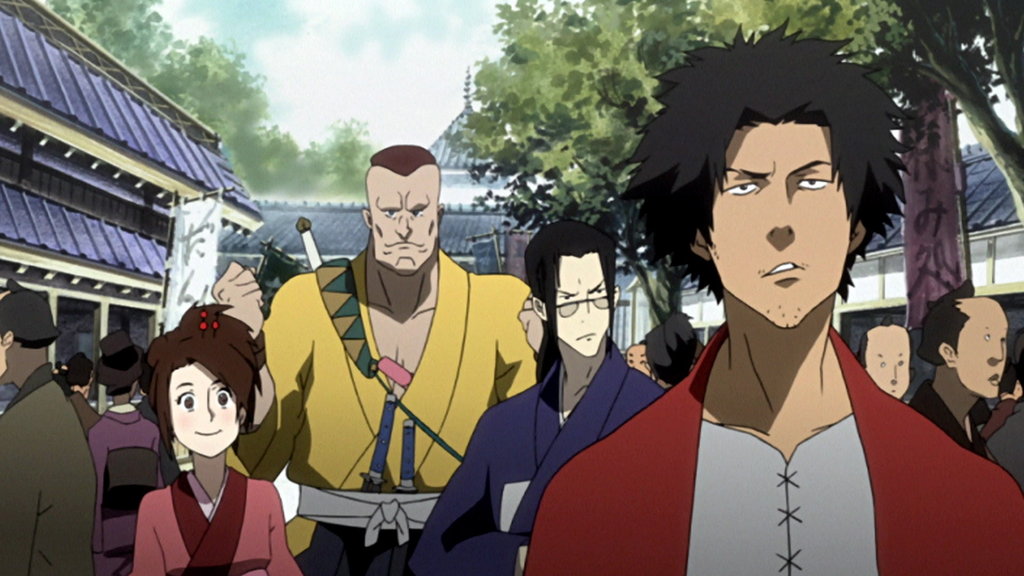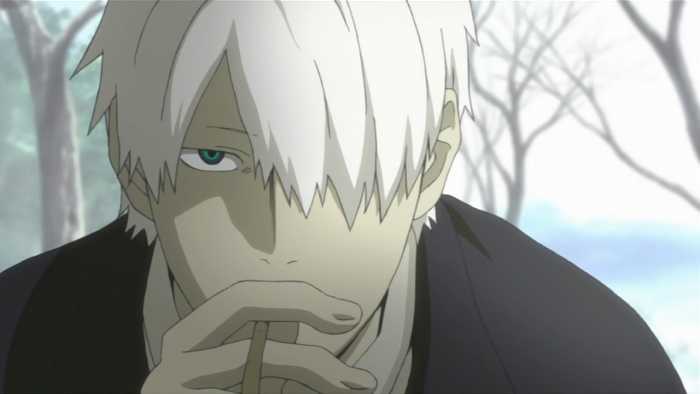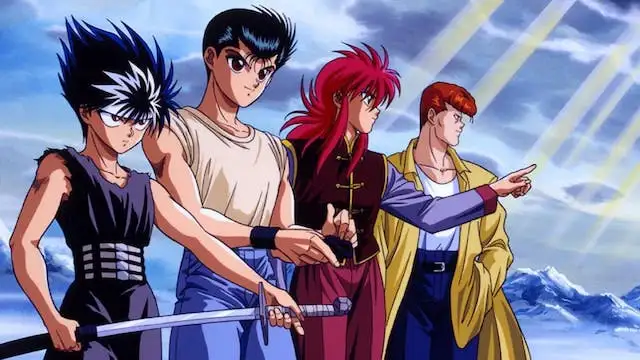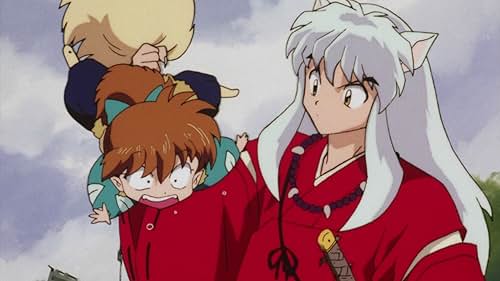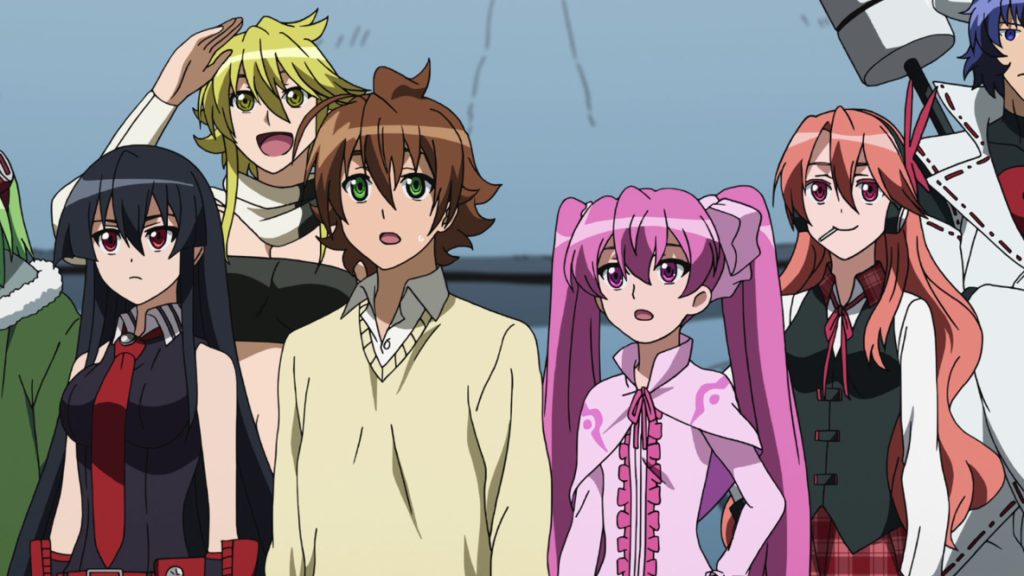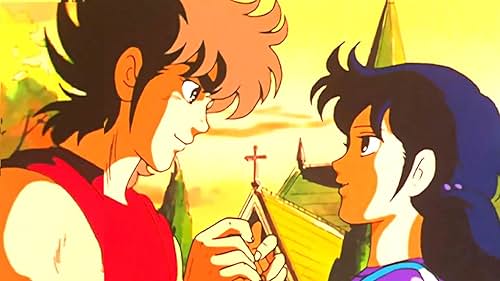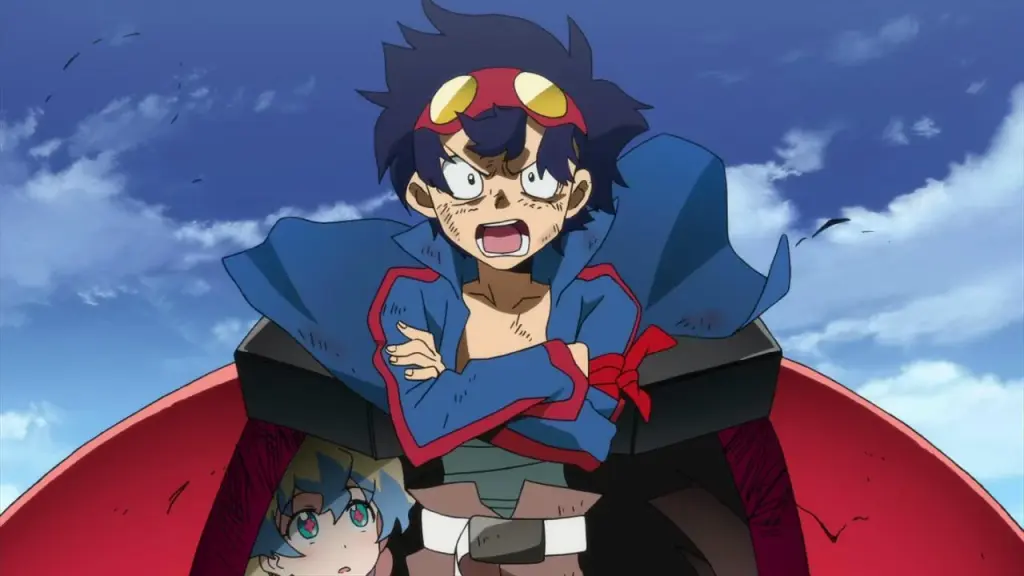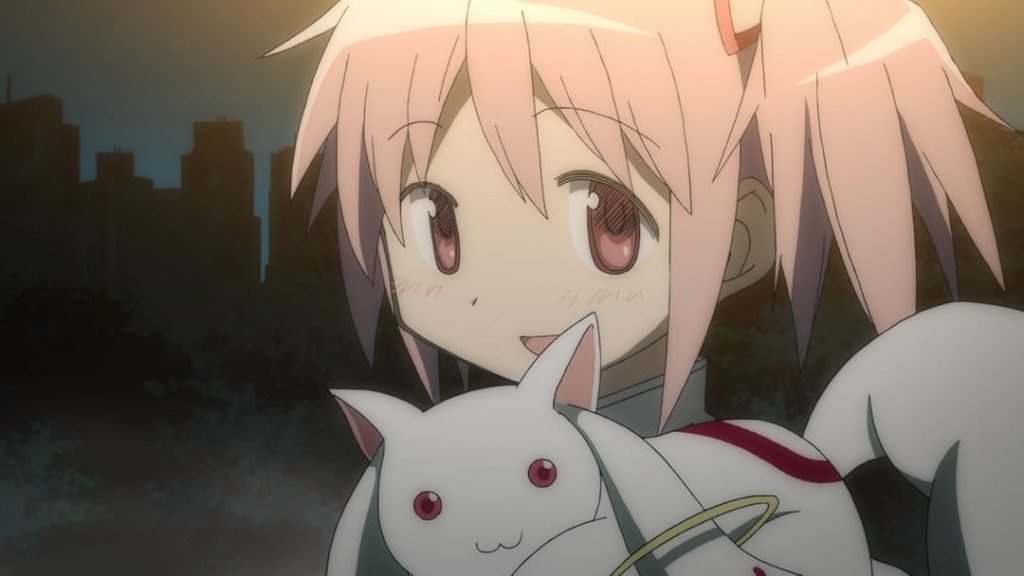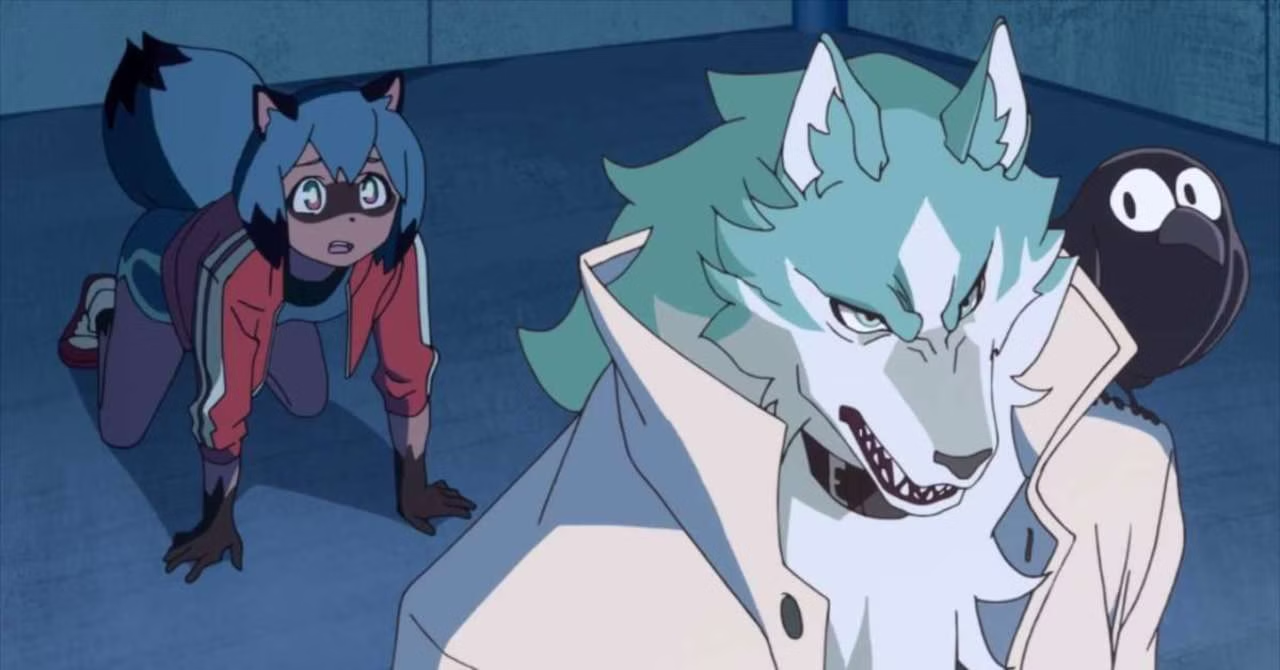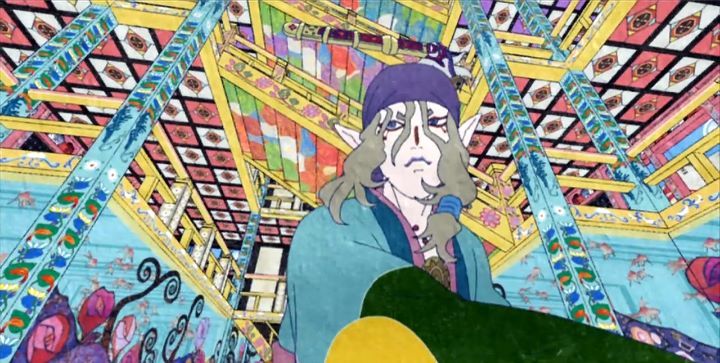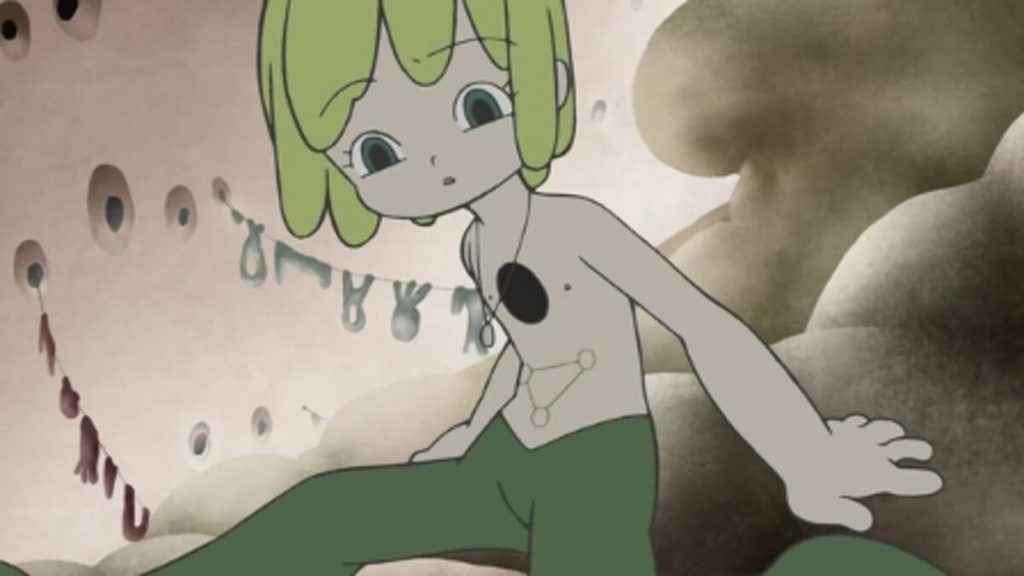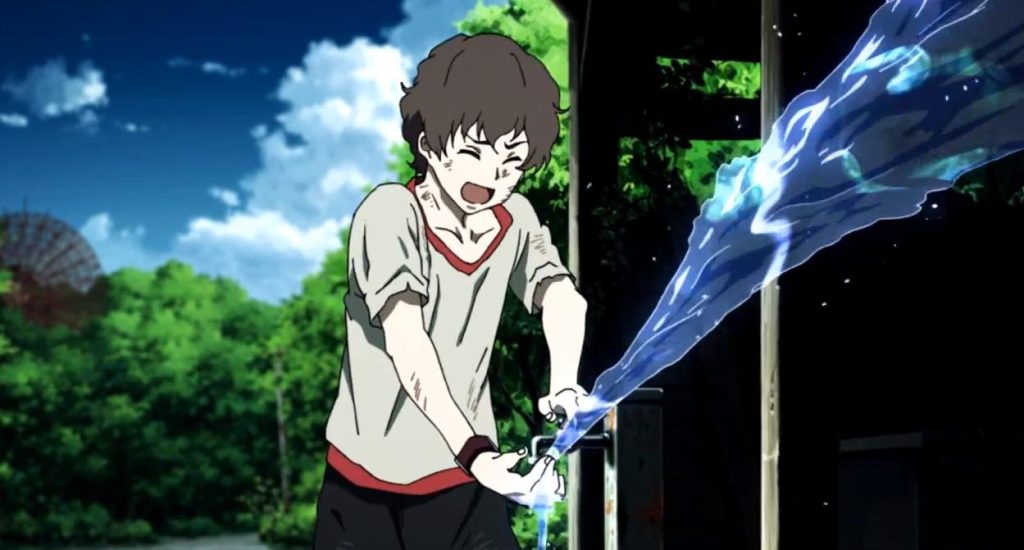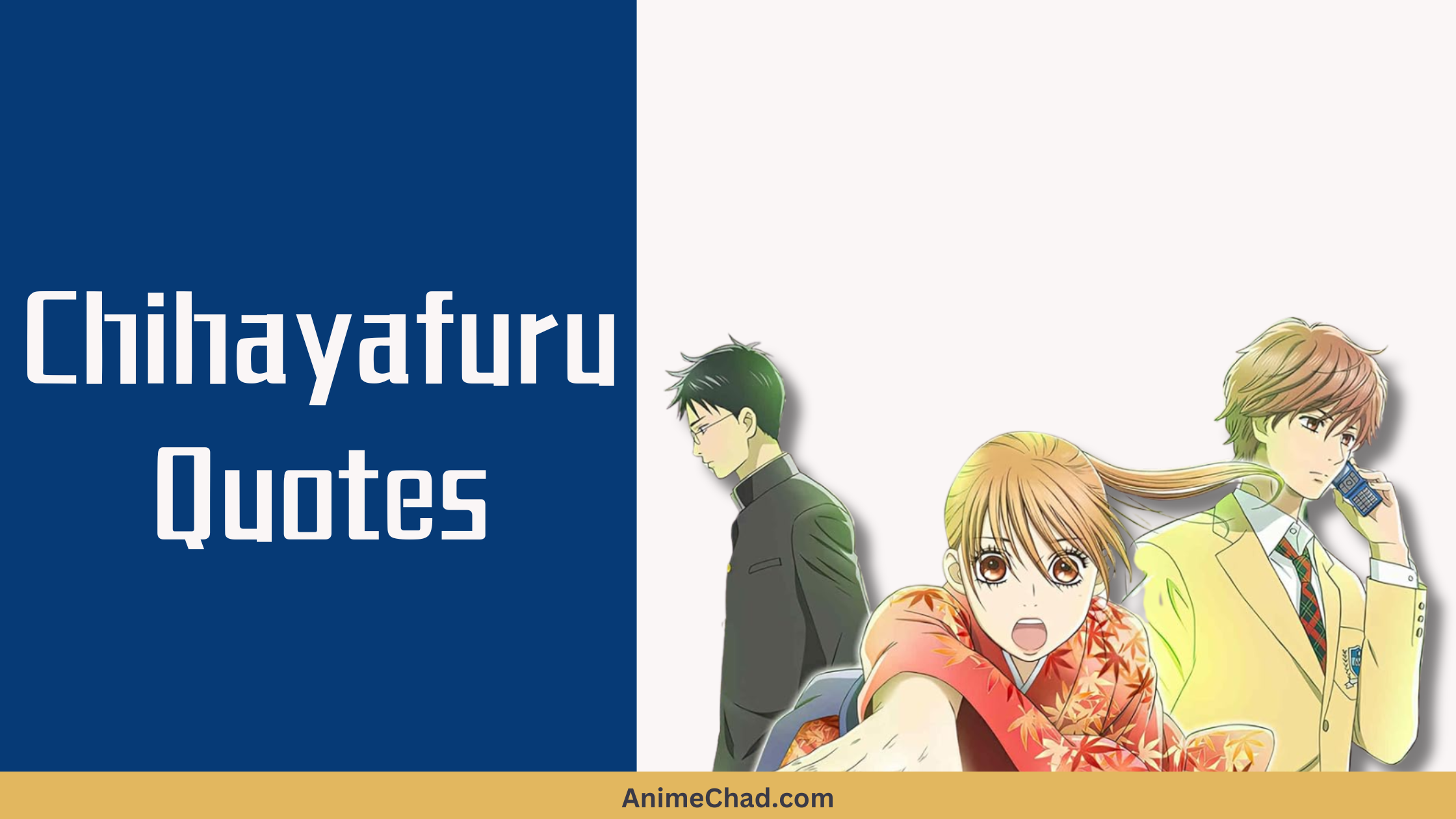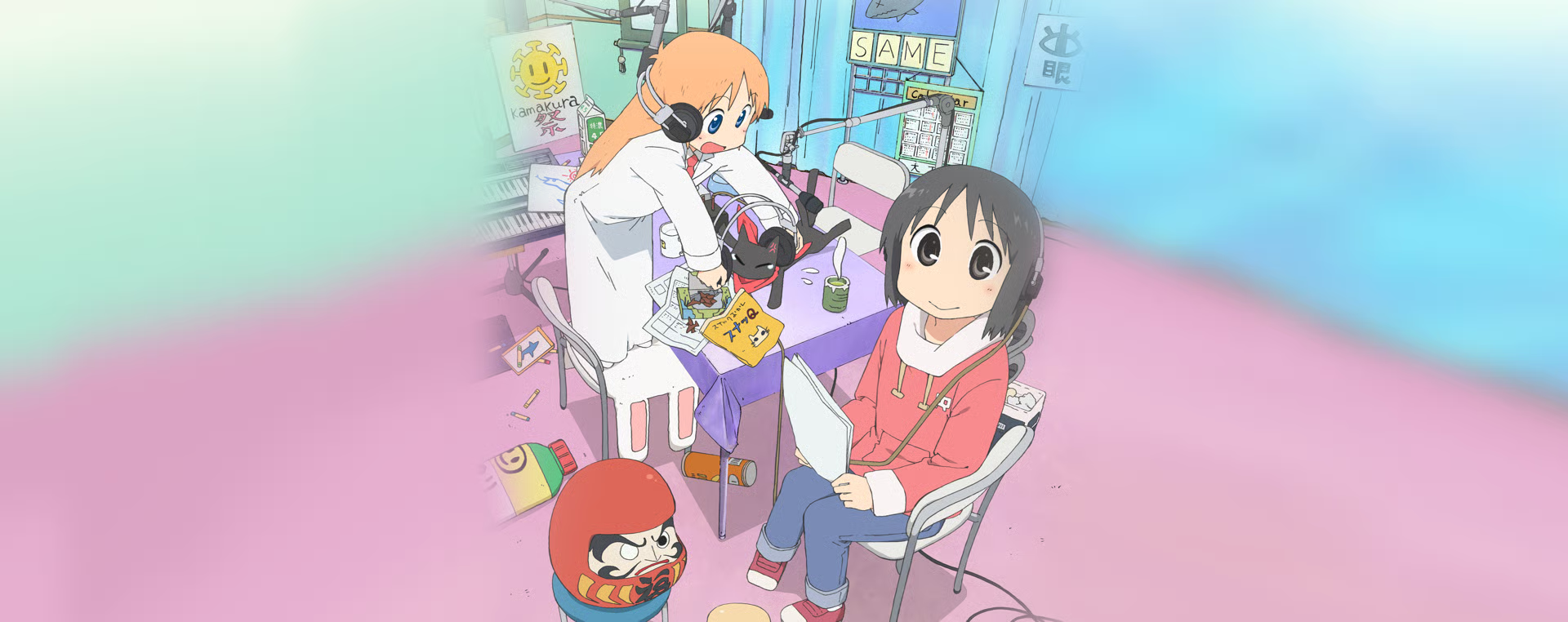While The Return of Jafar (1994) is a Disney sequel exploring redemption, power struggles, and underdog triumphs, anime offers rich parallels in underrated gems. These series share core themes: underdog protagonists defying odds, inventive power systems, and narrative subversions that challenge tropes.
Despite their quality, these 15 anime remain overlooked—prioritizing character depth, moral complexity, and stylistic innovation over mainstream appeal.
1. Samurai Champloo (2004)
- Streaming Availability: Crunchyroll, Hulu
- Plot: In Edo-era Japan, waitress Fuu recruits outlaw Mugen and ronin Jin to find a “samurai who smells of sunflowers,” leading to chaotic adventures. Their clashing personalities fuel episodic quests that gradually unveil a larger story.
- Similarities to The Return of Jafar: Like Iago’s redemption arc, Mugen and Jin evolve from selfish fighters to loyal protectors. The series subverts samurai tropes through hip-hop aesthetics and moral ambiguity, mirroring Jafar’s nuanced villainy.
- MyAnimeList Score: 8.52
- Episodes: 26
- Studio: Manglobe
- Notable Aspects: Directed by Shinichiro Watanabe (Cowboy Bebop); praised for blending historical drama with anachronistic culture.
2. Mushishi (2005–2006)
- Streaming Availability: Crunchyroll
- Plot: Ginko, a “Mushi Master,” wanders 19th-century Japan solving supernatural problems caused by primal entities called Mushi. Each episode explores self-contained stories of human struggle intertwined with nature.
- Similarities to The Return of Jafar: Echoes the film’s themes of balancing power and morality, as Ginko—like Aladdin—mediates between worlds. The Mushi’s ethereal menace parallels Jafar’s sorcery, emphasizing consequences over brute force.
- MyAnimeList Score: 8.65
- Episodes: 26
- Studio: Artland
- Notable Aspects: Won the 2006 Tokyo Anime Award; lauded for atmospheric storytelling.
3. YuYu Hakusho (1992–1995)
- Streaming Availability: Crunchyroll, Hulu
- Plot: Delinquent Yusuke Urameshi dies saving a child, becomes an “Underworld Detective,” and battles demons to protect humanity. His team’s growth from misfits to heroes drives the series.
- Similarities to The Return of Jafar: Yusuke’s underdog journey mirrors Aladdin’s rise from street rat to hero. The Spirit World’s power system—with abilities like “Spirit Gun”—recalls Jafar’s genie magic, while moral conflicts subvert shōnen tropes.
- MyAnimeList Score: 8.45
- Episodes: 112
- Studio: Pierrot
- Notable Aspects: Inspired Bleach; iconic tournament arcs.
4. Inuyasha (2000–2004)
- Streaming Availability: Netflix, Hulu
- Plot: Modern teen Kagome travels to feudal Japan, shattering a mystical jewel. She teams with half-demon Inuyasha to recover its shards, facing demons and personal demons alike.
- Similarities to The Return of Jafar: Like Jafar’s lamp, the Shikon Jewel corrupts seekers, exploring power’s duality. Inuyasha’s redemption arc—from lone wolf to protector—parallels Iago’s turnaround, blending action with emotional depth.
- MyAnimeList Score: 7.87
- Episodes: 167
- Studio: Sunrise
- Notable Aspects: Based on Rumiko Takahashi’s manga; influenced isekai genre.
5. Akame ga Kill! (2014)
- Streaming Availability: Hulu, Crunchyroll
- Plot: Idealistic warrior Tatsumi joins Night Raid, a rebel group assassinating corrupt leaders in a tyrannical empire. He confronts moral decay and personal loss while wielding magical weapons.
- Similarities to The Return of Jafar: Subverts expectations like Jafar’s demise—heroes face brutal consequences, challenging “good always wins.” Tatsumi’s underdog struggle mirrors Aladdin’s fight against systemic corruption, with magic items replacing genie lamps.
- MyAnimeList Score: 7.5
- Episodes: 24
- Studio: White Fox
- Notable Aspects: Noted for ruthless narrative twists; critiques authoritarianism.
6. Black Clover (2017–2021)
- Streaming Availability: Crunchyroll, Netflix
- Plot: Magicless orphan Asta strives to become “Wizard King” in a world where magic defines status. With anti-magic swords and rivals like Yuno, he challenges elitist power structures.
- Similarities to The Return of Jafar: Asta’s underdog rise reflects Aladdin’s journey, while the Magic Knights’ hierarchy parallels Agrabah’s class divide. The series subverts shōnen tropes by equating strength with resilience, not innate power.
- MyAnimeList Score: 8.0
- Episodes: 170
- Studio: Pierrot
- Notable Aspects: Overcame initial low ratings to become a sleeper hit; manga ongoing.
7. Saint Seiya (1986–1989)
- Streaming Availability: Crunchyroll
- Plot: Orphaned warriors—Bronze Saints—protect goddess Athena from gods and titans. Their underdog battles blend Greek myth with cosmic stakes.
- Similarities to The Return of Jafar: The Saints’ redemption arcs (e.g., Ikki’s betrayal to loyalty) mirror Iago’s shift. Divine power systems and David-vs-Goliath fights evoke Jafar’s supernatural duels.
- MyAnimeList Score: 7.75
- Episodes: 114
- Studio: Toei Animation
- Notable Aspects: Pioneered “armored hero” genre; global cult following.
8. Gurren Lagann (2007)
- Streaming Availability: Crunchyroll, Netflix
- Plot: In a subterranean dystopia, Simon and Kamina pilot mechas to overthrow the Spiral King. Their rebellion escalates to universe-scale battles fueled by willpower.
- Similarities to The Return of Jafar: Simon’s underdog ascent—from digger to savior—echoes Aladdin’s trajectory. The Spiral Power system, where emotion fuels strength, subverts mecha norms like Jafar’s magic defies genie rules.
- MyAnimeList Score: 8.65
- Episodes: 27
- Studio: Gainax
- Notable Aspects: Won 2007 Tokyo Anime Award; influenced Promare.
9. Puella Magi Madoka Magica (2011)
- Streaming Availability: Crunchyroll
- Plot: Madoka Kaname contracts with Kyubey to become a magical girl, only to uncover a dark cycle of sacrifice and despair. The series deconstructs genre optimism.
- Similarities to The Return of Jafar: Subverts expectations like Jafar’s “granny” disguise—cute aesthetics mask psychological horror. Homura’s antiheroic resolve parallels Iago’s moral ambiguity, challenging black-and-white morality.
- MyAnimeList Score: 8.4
- Episodes: 12
- Studio: Shaft
- Notable Aspects: Revolutionized magical-girl genre; won Newtype Anime Award.
10. BNA: Brand New Animal (2020)
- Streaming Availability: Netflix
- Plot: Michiru, a human-turned-tanuki Beastman, seeks refuge in Anima City. With wolf ally Shirou, she uncovers conspiracies while navigating species prejudice.
- Similarities to The Return of Jafar: Michiru’s outsider journey reflects Aladdin’s integration into royalty. The themes of systemic corruption and redemption (e.g., Mayor Rose’s motives) mirror Agrabah’s power struggles.
- MyAnimeList Score: 7.5
- Episodes: 12
- Studio: Trigger
- Notable Aspects: Acclaimed for vibrant animation; explores discrimination.
11. Mononoke (2007)
- Streaming Availability: Netflix
- Plot: The “Medicine Seller” exorcises malevolent spirits (“Mononoke”) by uncovering their truths. Each arc is a psychological mystery set in feudal Japan.
- Similarities to The Return of Jafar: Like Jafar’s lamp, spirits embody trauma, demanding moral resolution over force. The series’ avant-garde art style subverts horror tropes, emphasizing empathy over fear.
- MyAnimeList Score: 8.3
- Episodes: 12
- Studio: Toei Animation
- Notable Aspects: Spin-off of Ayakashi: Samurai Horror Tales; unique “paper-cut” animation.
12. Now and Then, Here and There (1999)
- Streaming Availability: HiDive
- Plot: Teen Shu is abducted to a dystopian world, confronting child soldiers and a tyrant’s water-based tyranny. His idealism clashes with brutal reality.
- Similarities to The Return of Jafar: Shu’s underdog defiance against Hamdo parallels Aladdin’s resistance to Jafar. The show subverts isekai optimism, much like Jafar undermines Disney’s “happily ever after”.
- MyAnimeList Score: 8.2
- Episodes: 13
- Studio: AIC
- Notable Aspects: Cult classic for its anti-war themes; raw, emotional storytelling.
13. Kaiba (2008)
- Streaming Availability: Crunchyroll
- Plot: Amnesiac Kaiba traverses a universe where memories are commodified, seeking his past. Surreal visuals frame critiques of inequality and identity.
- Similarities to The Return of Jafar: Memory as power mirrors Jafar’s manipulation tactics. Kaiba’s redemption—a villain reclaiming humanity—echoes Iago’s arc, with psychedelic style subverting sci-fi norms.
- MyAnimeList Score: 8.0
- Episodes: 12
- Studio: Madhouse
- Notable Aspects: Created by Paranoia Agent’s Masaaki Yuasa; experimental animation.
14. Terror in Resonance (2014)
- Streaming Availability: Crunchyroll
- Plot: Teen terrorists Nine and Twelve wage psychological war on Tokyo, exposing government secrets. Detective Kenjirō pursues them in a cat-and-mouse thriller.
- Similarities to The Return of Jafar: The antiheroes’ quest for justice—despite extreme methods—reflects Jafar’s complex motives. Subverts terrorism tropes by humanizing perpetrators, akin to Iago’s layered villainy.
- MyAnimeList Score: 8.0
- Episodes: 11
- Studio: MAPPA
- Notable Aspects: Directed by Shinichiro Watanabe; haunting Yoko Kanno score.
15. The Twelve Kingdoms (2002–2003)
- Streaming Availability: HiDive
- Plot: High-schooler Yōko Nakajima is transported to a mythic realm, becoming a queen amid political strife. Her evolution from passive to ruler drives the narrative.
- Similarities to The Return of Jafar: Yōko’s underdog ascent mirrors Aladdin’s journey, while divine beasts and monarchic power systems recall genie lore. Subverts isekai clichés by focusing on governance over escapism.
- MyAnimeList Score: 8.3
- Episodes: 45
- Studio: Studio Pierrot
- Notable Aspects: Based on bestselling novels; praised for feminist themes.
Why These Anime Work for Fans of The Return of Jafar
These series resonate because they prioritize character evolution over simplistic heroism, much like Iago’s redemption or Aladdin’s growth. They feature underdog protagonists battling oppressive systems—whether magical empires or societal hierarchies—echoing Jafar’s tyranny. Crucially, they subvert expectations: Akame ga Kill! dismantles “plot armor,” Madoka Magica twists magical-girl optimism, and Samurai Champloo blends genres unpredictably. Their power systems (Mushi, Spirit Energy, Anti-Magic) parallel Jafar’s lamp, emphasizing that true strength lies in choices, not just magic. For fans seeking narratives where villains aren’t caricatures and heroes earn their victories, these underrated gems deliver depth, innovation, and emotional resonance.
